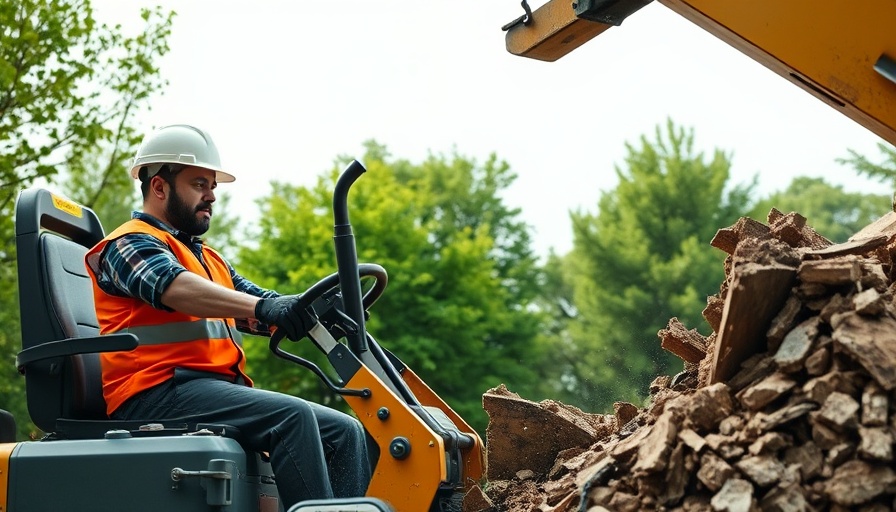
Beat the Heat: Effective Home Cooling Strategies
With summer temperatures soaring and heat waves becoming increasingly frequent, homeowners are seeking innovative ways to keep their homes cool without skyrocketing energy bills. As highlighted in #2535 – Cool Tips to Beat the Heat, effective strategies can significantly enhance your comfort while being budget-friendly.
In #2535 – Cool Tips to Beat the Heat, the discussion dives into home cooling strategies and vacation safety, exploring key insights that sparked deeper analysis on our end.
Essential Tips for Staying Cool
One immediate adjustment you can make is focusing on window treatments. Closing shades or curtains during the hottest part of the day can block up to 30% of unwanted heat. This simple action can create a noticeable difference in your indoor temperature. Consider using blackout shades or thermal curtains, which are designed specifically for this purpose.
Another effective option is to utilize ceiling fans. If they're set to spin counterclockwise, they help push air down, creating a wind chill effect that allows you to raise your thermostat a few degrees while maintaining comfort. These strategies not only promote a cooler environment but also contribute to energy savings.
The Importance of Proper Roof Solutions
Did you know that your roof can impact your home’s temperature significantly? Conventional dark asphalt roofs can absorb an excessive amount of heat. Switching to lighter-colored or reflective roofing materials can reduce roof temperatures and improve your home’s energy efficiency. Cool roofs reflect more sunlight and absorb less heat, potentially lowering indoor temperatures by up to 50 degrees and reducing energy bills by 10-15% or more. For homeowners looking for quicker solutions, applying a cool roof coating can act like sunscreen for your house, reflecting UV rays and keeping heat at bay.
Considerations for Adding a Backyard Pool
A backyard pool may seem like the perfect way to enjoy the summer heat, but it’s important to weigh the pros and cons before committing. While a pool provides endless entertainment, it can also incur significant costs—from installation to maintenance, which can easily escalate into thousands of dollars per year. Additionally, in certain locations, a pool may not add value to your property as anticipated.
Before diving in, assess your motivations: Are you looking for a fun family feature, or is it primarily an investment move? Understanding your priorities will help guide your decision.
Staying Safe While Traveling
Summer vacations often coincide with the rise in home burglaries. To protect your home while you're away, consider simple strategies to create the illusion that someone is still there. Place timers on your lights and ensure your mail is collected by a neighbor. These precautions can significantly deter potential burglaries.
Most importantly, resist the urge to share your travel plans publicly on social media until you return. This can signal to thieves that your home is unoccupied, increasing the risk of a break-in.
Take Action Now
Implementing these tips can dramatically enhance your comfort this summer while keeping costs down. Whether it's optimizing your roof’s performance or exploring options for a home pool, responsible decisions are crucial for improving your home life. Don't let the heat overcome your summer fun—let these strategies guide you to make impactful changes.
If you have questions about improving your home and its safety during the summer, reach out to professionals for personalized advice!
 Add Row
Add Row  Add
Add 




Write A Comment